Crushing and screening equipment is widely used in the construction of highways, construction, water conservancy, mining, ports and other fields for processing and producing various specifications of crushed stone and sand. How to make a good decision when purchasing crushing and screening equipment? How to buy cost-effective equipment without being taken advantage of? Here are 10 factors need to be considered while purchasing crushing and screening equipment.
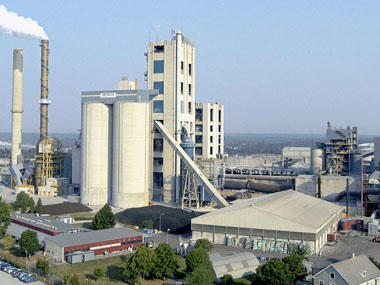


The crushing equipment is divided into jaw crusher, gyratory crusher, cone crusher, roller crusher, rotary disc crusher, impact crusher and hammer crusher. The first 5 types are called compression type crushers, and the last 2 types are called impact type crushers.

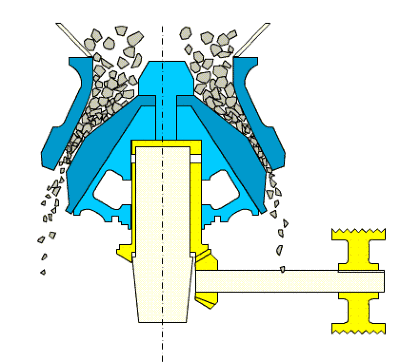
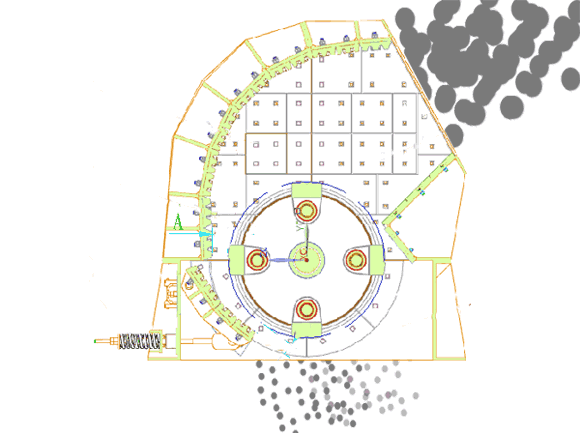

Jaw crusher: It has large crushing ratio, uniform product size, simple structure, reliable operation, easy maintenance, and economical operating costs and some other features. It is generally used for coarse and medium crushing of hard and medium-hard rocks with compressive strength does not exceed 320MPa.
Cone crusher: large crushing ratio, high efficiency, uniform product particle size, mainly used for medium and fine crushing of medium-hard rocks.
Impact crusher: can crush materials with a side length of 100-500mm, and its compressive strength can reach up to 350MPa, large crushing ratio and the crushed products are cubical with uniform particle size. Impact crusher is widely used in rock crushing in highway engineering.
Hammer crusher: suitable for crushing various brittle minerals. The crushed materials are coal, salt, gypsum, alum, bricks, tiles, limestone, etc. The compressive strength of the material is not more than 100MPa, and the moisture content should below 15%.
The screening machinery is divided into eccentric vibrating screen, inertial vibrating screen, resonance screen and electromagnetic vibrating screen, which are called vibrating screen; drum screen, fixed grid screen, arc screen and cyclone screen are called fixed screen. Due to their large production capacity, high screening efficiency and the ability to form a combined crushing and screening equipment with crushing machinery, Vibrating screens are widely used in highway and bridge engineering.
Construction period
For projects with a long construction period and relatively concentrated amount of crushed materials, fixed combined crushing and screening equipment should be selected; and for projects with short construction period and relatively scattered amount of crushed materials, especially long linear projects such as highways, portable combined crushing and screening equipment should be selected.
Raw material size
If the size of raw material is large, adopt jaw crusher as primary crushing equipment; when the size of the final products is strict and need to be composed of a certain grade of particles, it is necessary to use a combined crushing and screening equipment, such as combined crushing equipment composed by jaw crusher, cone crusher or impact crusher hammer and screening equipment with a certain size.
Properties of raw material
To crush hard or medium hard rocks, we should adopt jaw crusher as primary crushing equipment; to crush medium hard or soft rocks, we can directly adopt cone crusher, impact crusher or hammer crusher.
While choosing crushing and screening equipment, customers should consider all the indicators comprehensively.
1. Preliminary expenditures
Preliminary expenditures refer to the necessary early investment for the normal operation of the equipment, such as the recruitment and training of relevant personnel, equipment packaging, calibration, certification, and so on.
2. Equipment total price and payment method
The equipment price and payment method are often key considerations for companies with tight funds, which are directly related to the continuity of the project.
3. Installation and relocation costs
The total cost of equipment entry, installation and relocation plus the cost of removal, relocation and clearance. The installation costs include the cost of steel bars and concrete materials used in the foundation, labor costs, and costs for hoisting and coordinating equipment.
4. Operating costs
In addition to the cost of working shift, stopping shift and equipment maintenance of the crushing and screening system, the corresponding blasting production and operation costs should also be included.
1. Reliability of equipment
The reliability of equipment is one of the most important factors in evaluating the technical performance of equipment. Generally, foreign countries require that such products can be used continuously for 1500~2000h without mechanical failure after leaving the factory; according to the requirements of most Chinese manufacturers for the reliability of mechanical equipment, the continuous use period of such machinery in China should be guaranteed within 1000~1500h.
2. Manufacturing process
The manufacturing process is an important prerequisite to ensure the reliability of the equipment. It reflects and measures the technology and management level of the manufacturer.
3. Production efficiency
Production efficiency is an important control parameter in equipment selection. Generally, the upper and lower limits of equipment production capacity suitable for the project can be determined according to the characteristics of the project. There is a certain gap between the actual production capacity of the equipment and the production capacity of the nameplate, which changes with the change of the type, strength, hardness, specification and other factors of the crushed material.
1. condition of blasting rocks
(1) Type
Select representative rocks for petrographic and chemical composition analysis to identify the types of blasting materials, such as limestone, granite, basalt, etc., and the types and contents of main minerals, accessory minerals, and secondary minerals in the rock.
(2) Strength
Generally refers to uniaxial compressive strength. According to the uniaxial compressive strength of the rock, the rock can be divided into extra-hard rock (250-160MPa), hard rock (160-100MPa), sub-hard rock (100-140MPa) and soft rock (<40MPa).
(3) Hardness
Generally refers to Mohs hardness, which indicates the ability of minerals to resist external mechanical action. It is also a common standard used to identify the relative hardness of minerals. The standard is composed of 10 common minerals, talc, gypsum, calcite, fluorite, apatite, feldspar, quartz, topaz, corundum, and diamond, with hardness from 1 to 10.
(4) Moisture content
The general requirement is ≤2%, and the highest is not more than 5%.
(5) Mud content
The general requirement is ≤1%, and the highest is not more than 2%.
(6) Maximum size of side length
Generally, the size of blasting material is not the main parameter of equipment selection. When the main parameters such as production efficiency, product specifications and shape requirements are determined, the maximum size limit of the complete set of crushing and screening system can be determined accordingly. We can control the size of the blasting material by selecting the blasting method and adjusting the blasting parameters to meet the requirements of the crushing and screening system.
(7) Feeding method
Which feeding method is to be selected, such as loading by loader or direct feeding by dump truck, etc.
2. finished products
(1) Total production capacity
Generally, adopt the production capacity per hour as standard. If customers adopt the production capacity per year or month as standard, it is required to determine the annual working days and daily operating hours in order to determine the capacity per hour.
(2) Grading requirements
Generally, there are several specifications such as 0~5mm, 5~15mm, 15~25mm, 25~40mm. According to the construction requirements of the project, determine the engineering quantity of various graduations of aggregates, select the required screen type, aperture and mesh form, such as steel screen or resin screen, square hole or round hole, etc.
(3) Granular requirements
Determine the allowable percentages of needles and flakes for products of various specifications according to the requirements of construction specifications.
(4) Other requirements
For example, whether it is necessary to wash the crushed materials on the vibrating screen.
1. Site topography
Choosing a site with a certain slope to install crushing and screening equipment will help reduce the amount of earthwork. When selecting equipment, pay attention to factors such as the height of the natural drop between the feed opening grade floor and the equipment installation floor, as well as the shape and footprint of the equipment installation floor.
2. Site area
The area of the installation site is generally determined by factors such as the equipment installation area, the location of the feed and discharge opening, the entry and exit of the site and the transportation and traffic in the site, the product storage method, the product specification and storage volume, the generator room, the warehouse, the living facilities, the guard room, etc. .
The prop form of the crushing and screening equipment, the ease of installation, and the amount of foundation steel and concrete are also important factors should be considered in the selection. The movable steel structure support has simple construction, easy assembly and disassembly, rapid transfer, and small foundation reinforced concrete engineering volume and some other advantages. It is suitable for long linear highway projects with scattered demand for raw materials.
1. Source of equipment
Equipment selection should be based on the regional differences in the use environment (such as Asia or Africa), the degree of market development, the versatility of maintenance parts in construction and supply channels, and different sources of equipment should be fully demonstrated and carefully selected.
2. Supply or delivery cycle
In principle, the shorter the supply or arrival period is, the better. However, for the equipment selected or ordered, the manufacturer should have enough time to produce without affecting the progress of the entire project, so as to avoid rushing and affecting the quality of equipment manufacturing.
3. Transportation methods and requirements
Different methods of transportation bear different costs and different risks. Whether there are special requirements for transportation, this indicator also reflects the design level of the manufacturer.
4. After-sales service
After-sales service includes professional technical training, supply, location& price of spare parts, technical testing and equipment maintenance, etc.
1. Maintainability
This refers to the accessibility of maintenance, the interchangeability of spare parts, and the error-proof design for maintenance, etc. It is realized by scientific and reasonable design and good processing technology. In the production process of project, in order to improve the utilization rate of machinery, it is often required that machinery failures can be handled on-site. This requires that the machinery must be convenient to disassemble and assemble, the supply of spare parts must be reliable and interchangeable, and there should be specialized tools for special parts.
2. Spare parts supply
Spare parts supply not only refers to the supply of spare parts in the after-sales service, it also includes the difficulty of obtaining repair parts in addition to the after-sales service organization.
main spare parts of jaw crusher
Project compatibility: refers to the applicability of the introduced equipment and project engineering features.
Fleet compatibility: refers to the degree of matching of the introduced equipment with the existing equipment of the project, such as loaders, dump trucks, etc., and the impact on the matching of existing equipment.
Operational safety: refers to the completeness of equipment safety protection devices.
Operating comfort: refers to the operating conditions of the operator.
Related supporting number: This indicator reflects the degree of equipment operation and automation.
Environmental requirements mean the degree of environmental pollution. The degree of environmental pollution also refers to the influence of equipment installation and operation on the surrounding environment, which mainly reflected in two aspects, dust and noise.
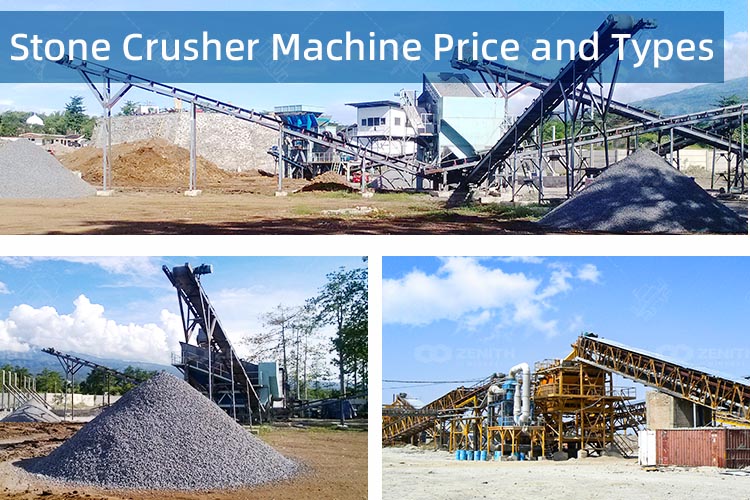
There are many types of stone crusher machines on the market. In this article, we will introduce the types and price of the stone crusher and how to select the most suitable one.
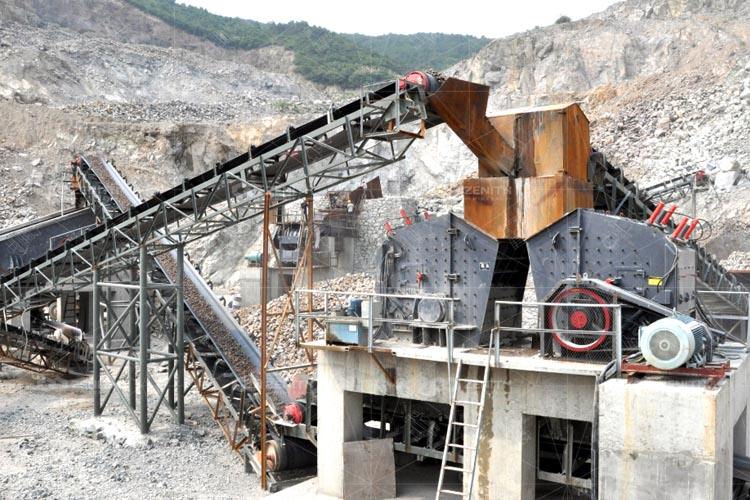
In Nigeria, Stone crushing is an important part in mining industry and require high quality stone crushing machines.

Stone crusher for coarse crushing is an important driving force for the success of aggregate processing plant. Here are the tips to choose the most suitable coa
Fill your requirements here, and we'll send the custmized solution and quotation to you by the reserved contact information.